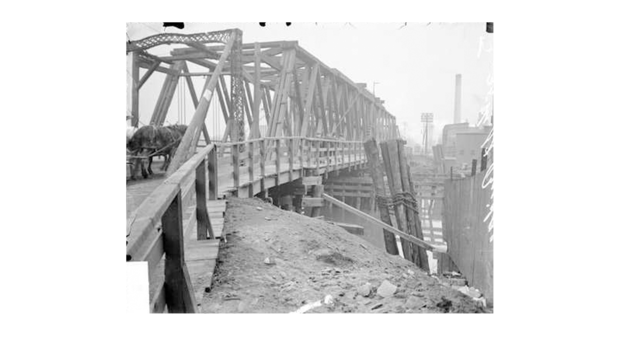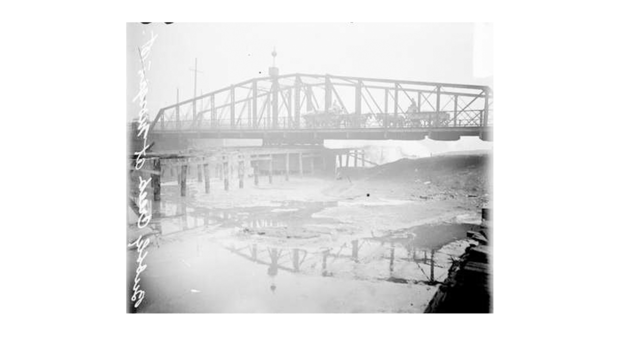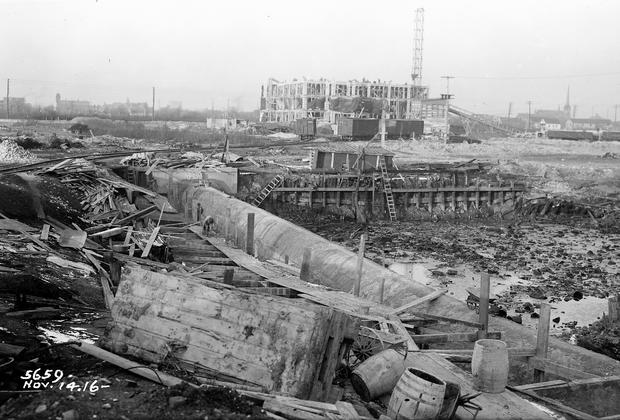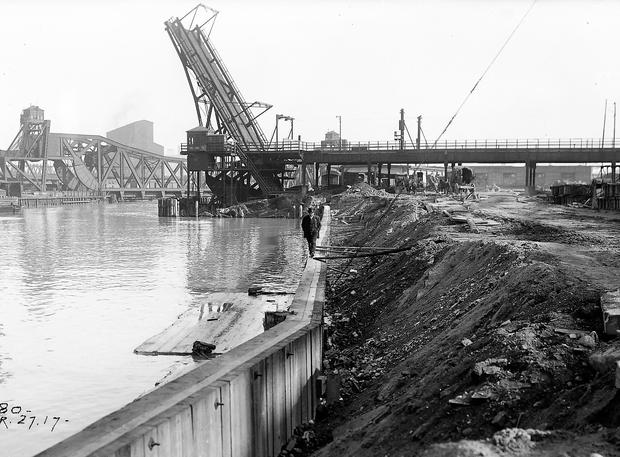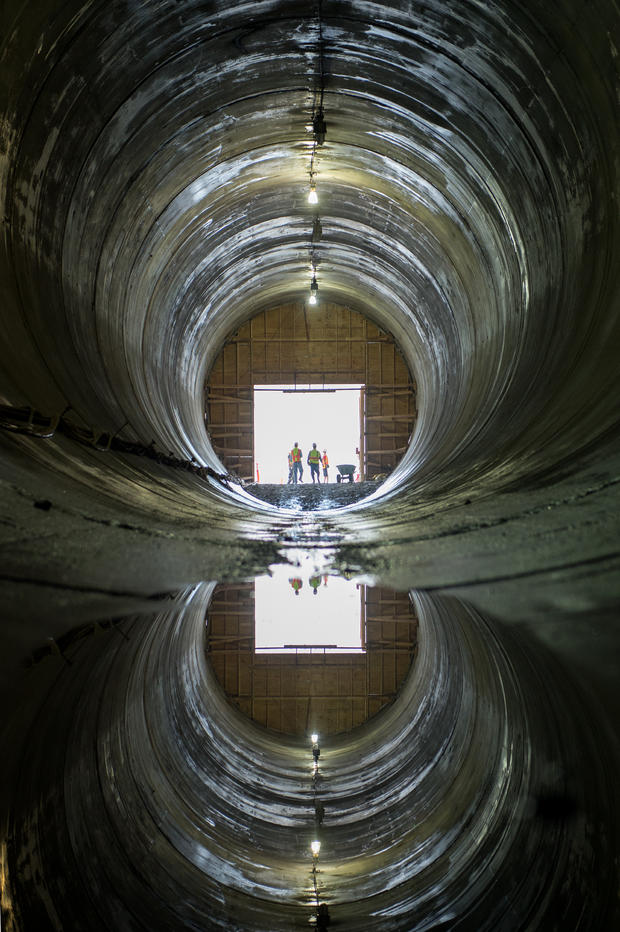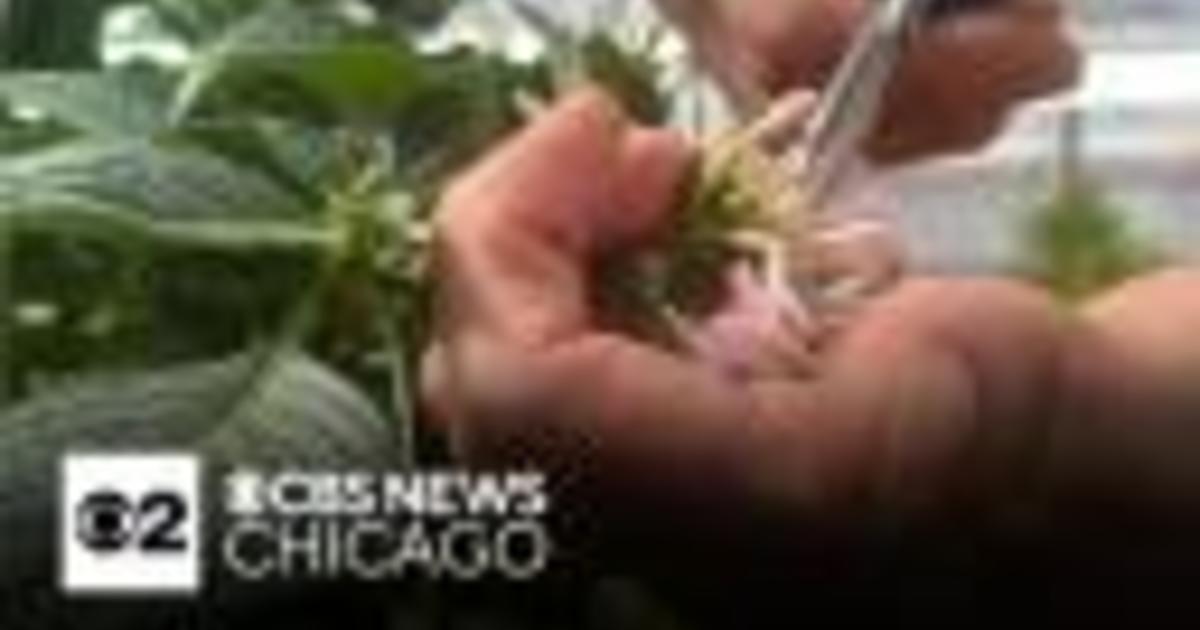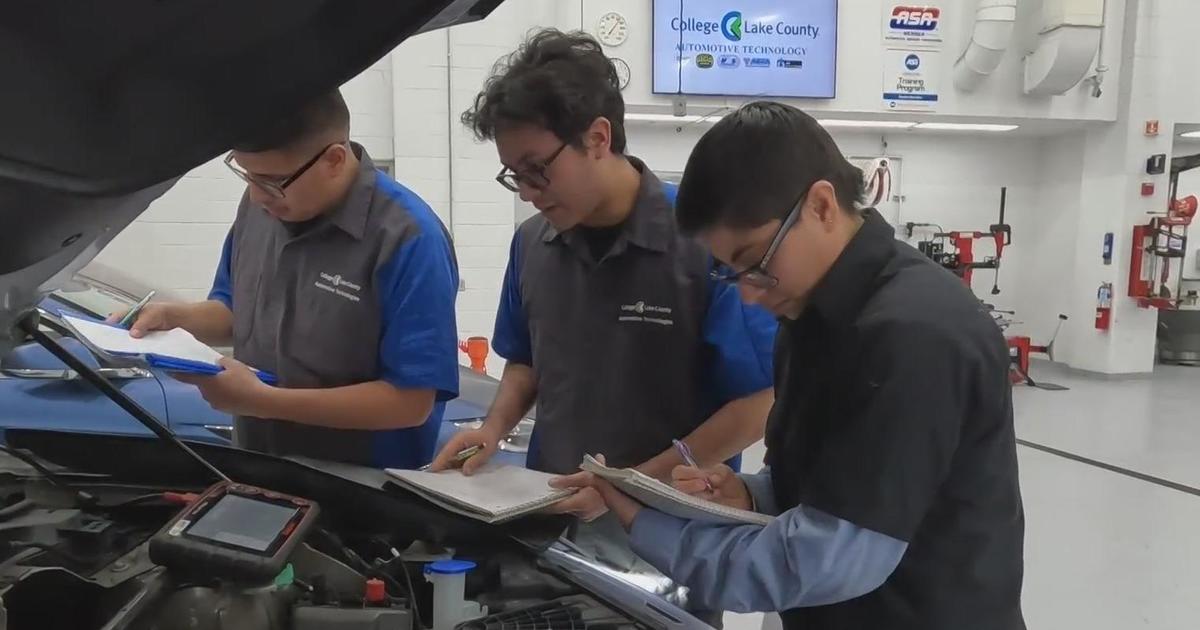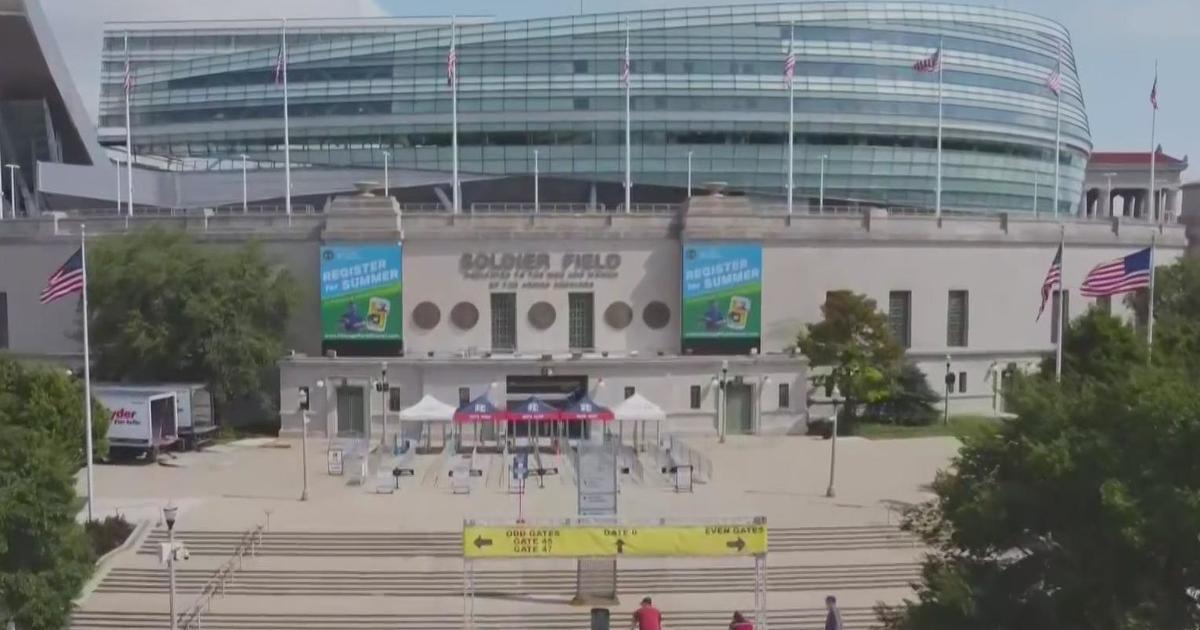Getting Hosed: A Look At The Universe Of Chicago Water, And Its Sometimes-Sordid History, This Earth Day
CHICAGO (CBS) — It's Earth Day. Here at CBS 2, we take water seriously: from lakes and rivers to pipes and bills, from sustainability to our series "Getting Hosed" — on big, bad, City water bills: an abuse of said resource.
On this Earth Day, we take a look at the universe of Chicago water, starting where we flank — Lake Michigan, a Great Lake. It's the world's largest, though finite, source of fresh water.
Up until the 1970s, Chicago's rivers acted as dumping grounds -- so much so, that to this day 93 percent of fish species have some type of plastic inside of them.
"There was a lot of poor decision making," said Margaret Frisbie, the Executive Director of Friends of the Chicago River.
Frisbie's a passionate protector, armed with a paddle, who's dedicated her life to protecting a river abused throughout human history.
In the 1906 novel, "The Jungle," which detailed the meatpacking industry's grotesque health conditions, author Upton Sinclair memorialized the southern stretch of the river as a "great open sewer."
"When they were butchering cattle and pigs they threw everything that they couldn't turn into a product into the creek," Frisbie said.
Haunting twentieth century images depict a man standing atop an animal-part graveyard and the river crusted over with waste. Chicago, like most cities, industrialized its waterways, making this river a morgue for the Union Stockyards.
And on hot summer days, animal waste trapped in the river bed forms bubbles, earning it the nickname, Bubbly Creek.
Although we no longer dilute the river with stockyard scraps, just last year, downpours overwhelmed Chicago's aging sewer lines, causing a mixture of stormwater and sewage to flow into the river.
It's a problem called Combined Sewage Overflows (CSOs), and just last year, the system became so deluged with this mucky mix that 2.6 billion gallons of stormwater and sewage flowed directly into Lake Michigan.
But thanks to the Deep Tunnel Project, a $3.8 billion project which began in 1972, this issue is now immeasurably better.
"There used to be sewage in the river every three days," Frisbie said. "Now 85 percent of the sewage and stormwater mix is captured."
The Deep Tunnel Project is a system of reservoirs and underground tunnels which hold the excess sewage and stormwater until it can be safely released to a treatment facility.
The project is scheduled for completion in 2029, and once finished, it will be able to store 17.5 billion gallons of sewage.
To help those that may be affected by CSOs in the interim, the Metropolitan Water Reclamation District tracks historical CSOs and sends overflow alerts to those who have subscribed to their email and text list.
Although the City's managed to keep sewage at bay, other water woes persist unabated.
Data the CBS 2 Investigators obtained from a public records request shows the City has fielded 836 water main breaks since 2018.
These breaks, coupled with a myriad of leaking pipes and infrastructure that dates back to the mid-nineteenth century, has resulted in more than 67 billion gallons of wasted water since 2017, according to the Illinois Department of Natural Resources.
[scribd id=503847598 key=key-VjM3ViKKEP6MOlUGSsCV mode=scroll]
Per Chicago's water rates, that amounts to $265.9 million dollars down the drain.
So who picks up the tab for that? You do.
As the CBS 2 Investigators have exposed, Chicagoans are getting hosed with inflated water bills.
Our "Getting Hosed" series is part of an ongoing battle that CBS 2 Investigator Brad Edwards began in 2011 when he investigated a bogus $25,000 bill.
Back then, City Hall was waging war against Hawkins Fairley, a 98-year-old World War II Veteran, blind, and addled with an inexplicable water bill.
"This is like when I was in the Army -- just like fighting a war," Fairley told Edwards in 2011.
A judge eventually deemed Fairley owed nothing, but the specter of the bill drained his spirit in the waning years of his life.
Unfortunately, the archaic infrastructure that caused Fairley's erroneous $25,000 still butchers bills today.
The most dire area for improvement -- Chicago's 180,000 unmetered accounts.
Unlike metered properties, these accounts are billed on "guesstimates." The Chicago Municipal Code sets forth a haphazard formula that uses factors like property size and plumbing fixtures to calculate unmetered bills.
Back in 2013, Tom Powers, the then Commissioner for the Chicago Department of Water Management, acknowledged the inaccuracies associated with this method.
"It's an antiquated formula to try and capture how much water could possibly be used at that residence," Powers said.
And what's worse, unmetered bills are drastically inflated.
Powers "conservatively estimate[s]" that people save up to 50 percent on their water bills with a meter.
But regardless if a property is metered or unmetered, all Chicagoans are being squeezed for this basic human resource. A cursory glance at historical water rates show prices have quadrupled in 20 years.
And where does that money go? Seven percent gets filtered into the Municipal Employee Pension fund, which is currently underfunded by $17 billion.
[scribd id=503845099 key=key-sslaFrP0TV6iA252qL2F mode=scroll]
It's a broken tentacle of Chicago's water system the CBS 2 Investigators will continue to watchdog.


